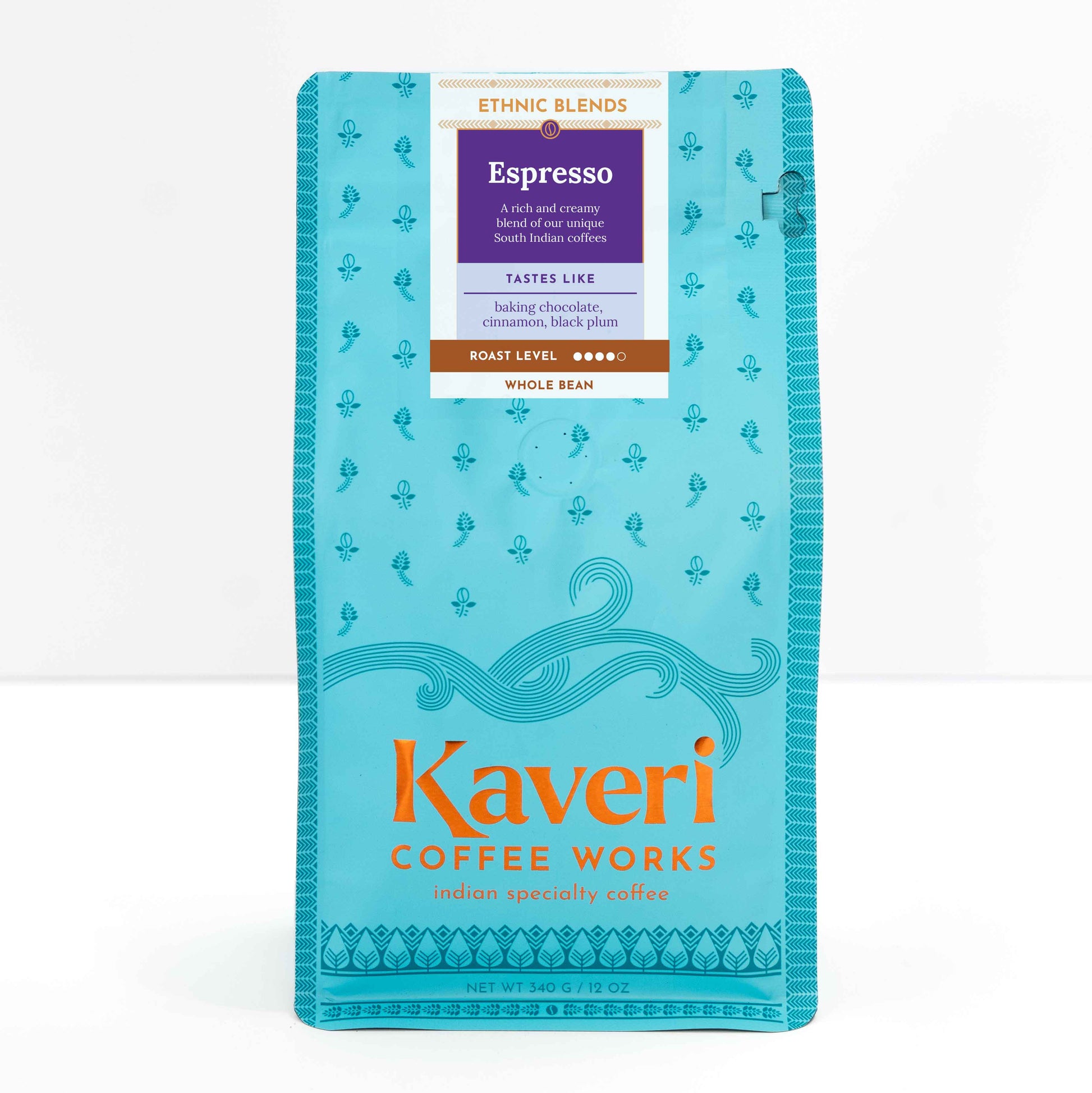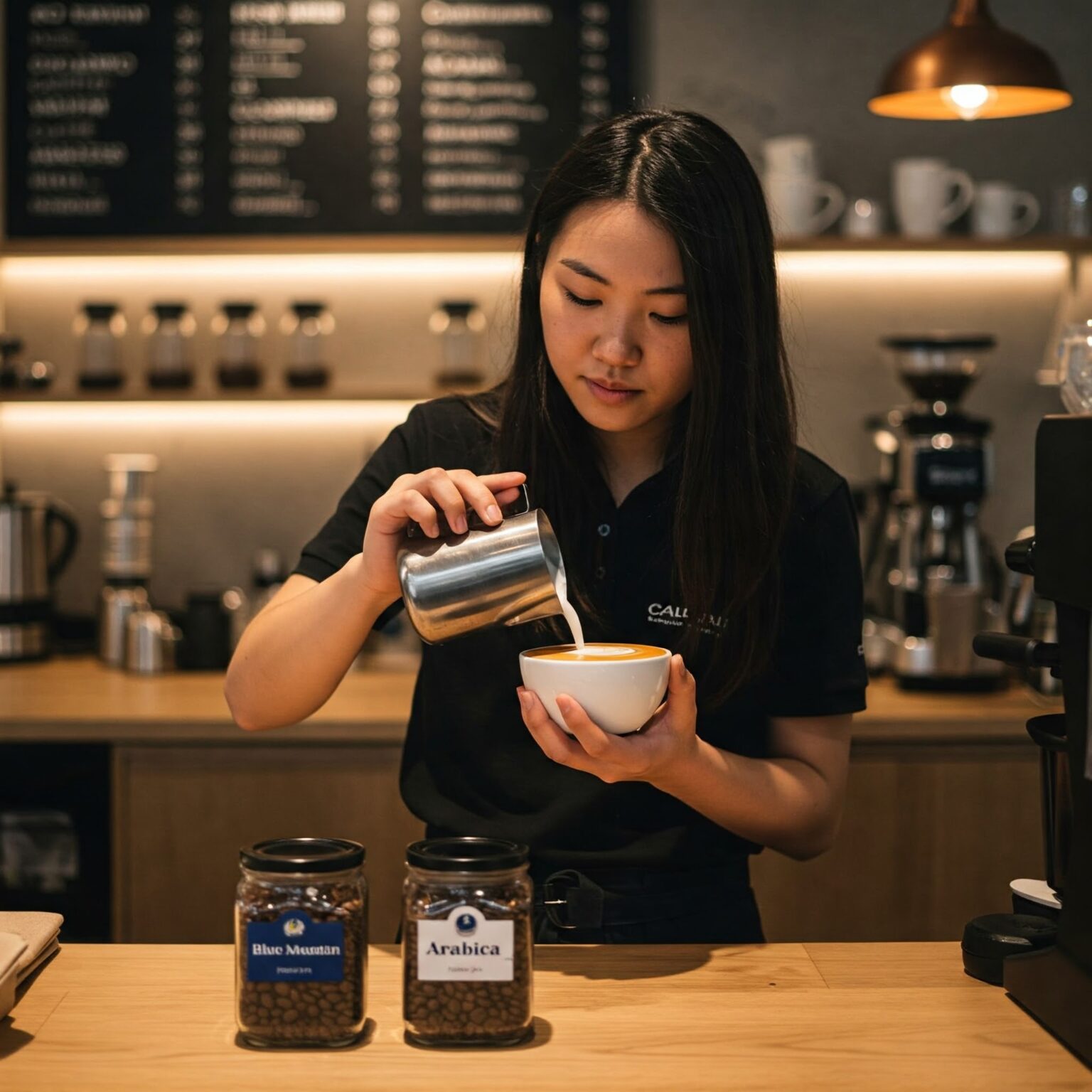Exploring the Rich Tastes of Coffee Beans: a Deep Dive Into Coffee and Blended Coffee Beans
When you check out the rich flavors of coffee beans, you discover a complex globe where each variety brings its own personality to your mug. Comprehending the origins, refining techniques, and roasting methods can change your coffee experience. As you navigate via the art of coffee and the creativity behind mixed coffees, you'll begin to value the nuances that make each sip special. What you'll find next might change the method you appreciate your early morning mixture.
The Origins of Coffee Beans: Discovering Terroir and Taste Profiles
When you take a sip of coffee, you're not simply delighting in a beverage; you're experiencing an abundant tapestry of tastes formed by the beans' beginnings. Each area produces unique flavor profiles affected by elevation, climate, and soil. As an example, beans from Ethiopia typically rupture with brilliant, fruity notes, while those from Colombia often tend to use a well balanced, nutty sweetness.
As you explore different beginnings, you'll observe just how terroir-- the ecological elements influencing a crop-- plays a vital function - Single Origin Espresso. The very same coffee selection can taste substantially various relying on where it's grown
When you consider these variables, you begin to value the intricacy behind your cup. Each sip narrates of the land and the farmers that supported the beans. So, next time you delight, think of the trip your coffee took before it reached your hands, and relish those intricate flavors that show its origin.
Recognizing Coffee: The Art and Scientific Research Behind the Mixture
When you consider coffee, it's not practically the strong flavor; it's also about the strategies that bring it to life. Recognizing just how various preparation approaches impact taste can change your developing experience. Let's check out the ins and outs of espresso preparation and reveal the one-of-a-kind taste profiles that make each cup unique.
Coffee Preparation Techniques
Coffee prep work is both a science and an art, combining specific strategies with a deep understanding of coffee. To start, you'll wish to choose premium, newly roasted beans and grind them finely for ideal removal (Single Origin Espresso). The work size is vital; also crude, and your coffee will certainly be weak, as well great, and it'll be bitter
Following, tamp the premises uniformly in the portafilter to assure uniform extraction. When you lock it into the machine, go for a brewing temperature between 190 ° F and 205 °
F.As you pull the shot, look for the ideal extraction time-- around 25-30 secs. The outcome must be a rich, creamy espresso with a gorgeous layer of crema on top. With practice, you'll understand these methods.
Flavor Accounts Clarified
The world of coffee uses an abundant tapestry of flavor accounts that can elevate your coffee experience. You'll observe a balance of anger, sweetness, and acidity when you take that first sip. Each espresso bean brings one-of-a-kind notes, from fruity and floral to nutty and chocolaty. Light roasts typically showcase brilliant acidity and lively tastes, while dark roasts existing much deeper, bolder tones.
Understanding these profiles aids you select the ideal espresso for your taste buds. Try out different blends can disclose unexpected combinations. A well-crafted blend might balance the bright notes of an Ethiopian bean with the rich, chocolatey undertones of a Brazilian bean. Welcome the trip of uncovering coffee's diverse flavors, and you'll transform your coffee routine right into an interesting experience.
Processing Methods: Just How They Impact Flavor and Fragrance
While it could seem that the origin of coffee beans is one of the most considerable element in determining their taste and scent, the processing methods made use of post-harvest play a similarly crucial function. You'll find that these approaches can significantly alter the last taste profile of your mug.
For example, the washed process gets rid of the fruit from the beans prior to fermentation, typically resulting in a cleaner, brighter flavor. The all-natural process leaves the fruit undamaged like this throughout drying out, resulting in a sweeter, fruitier profile.
Various other techniques, like honey handling, strike an equilibrium, allowing some fruit mucilage to continue to be, supplying an unique complexity.
Each processing strategy engages with the beans' inherent features, enhancing or silencing particular flavors and scents. So, when you sip that coffee or mixed coffee, keep in mind that the journey from cherry to mug is affected not just by origin yet also by exactly how those beans were refined.
Toasting Techniques: Unlocking the Complete Possible of Coffee Beans
Roasting techniques are necessary for revealing the full possibility of coffee beans, as they change raw, green beans into the fragrant, savory coffee you delight in. The option of toasting approach-- light, tool, or dark-- significantly affects taste accounts. Light roasts preserve the beans' natural acidity and fruity notes, while medium roasts balance sweetness and richness. Dark roasts, on the other hand, highlight strong, great smoky tastes.
A slower roast at lower temperatures allows for intricate tastes to create, while a quicker roast can escalate anger. By understanding these methods, you'll expose a world of taste, raising your coffee experience to brand-new elevations.
The Magic of Blended Coffee: Developing Unique Flavor Experiences
Creating a distinct flavor experience with combined coffee can change your early morning ritual into an expedition of preference. By integrating different beans from numerous areas, you can expose a symphony of flavors that raise your cup to new elevations. Each blend deals an unique account, balancing level of acidity, body, and sweetness to create something genuinely special.
When you select a blend, you're not simply choosing a coffee; you're choosing a journey across varied landscapes and cultures. Trying out different combinations permits you to discover your personal faves, whether you delight in fruity notes or abundant, chocolatey undertones.

Sampling Notes: Identifying the Nuances in Your Cup
As you sip your coffee, you may see a spectrum of flavors dancing on your blog palate, each exposing the intricacies of the beans. You may taste the bright acidity similar to citrus or the deep, abundant notes comparable to dark chocolate. The sweetness could evoke honey or sugar, stabilizing the total account wonderfully.
Take notice of the body of the coffee-- does it really feel light and airy, or is it full and velvety? The surface, as well, uses ideas; a lingering aftertaste may hint at nuttiness or floral undertones.

Don't forget to explore the unique characteristics of various beginnings, as each area gives unique tastes - Single Origin Espresso. Ethiopian coffees commonly existing fruity notes, while Colombian beans may showcase an extra spherical sweetness. By recognizing these subtleties, you'll strengthen your gratitude for each mug, raising your coffee experience to new elevations

Brewing Methods: Taking Full Advantage Of Flavor Removal for each Bean
When you check out the various developing approaches, you'll find that each technique can dramatically affect the flavor account of your coffee. From French press to pour-over, each method removes various compounds, improving or muting details notes. For circumstances, utilizing a French press enables oils to stay in the mixture, developing a richer taste, while pour-over highlights quality and brightness.
Temperature level and grind dimension additionally play view it now necessary duties. A coarser grind functions best for cold mixtures, while a fine work is excellent for espresso. Try out water temperature level-- between 195 ° F and 205 ° F-- can expose hidden tastes, also.
Don't ignore soaking time; a quick extraction can lead to sour notes, while over-extraction might yield anger. By adjusting these variables, you can make best use of taste removal and truly raise your coffee experience. Enjoy the journey of finding what approach finest fits your palate!
Frequently Asked Concerns
What Is the Perfect Water Temperature Level for Brewing Coffee?
The perfect water temperature for developing coffee's between 195 ° F and 205 ° F. If you utilize water that's also hot, you'll over-extract flavors; also chilly, and you won't extract enough. Go for that sweet area for the very best brew!
How Does Work Size Affect Coffee Taste?
Grind dimension considerably affects coffee flavor. Finer grinds essence much more oils and flavors, causing a bolder preference, while coarser grinds return a lighter taste. Readjusting grind dimension helps you accomplish your preferred coffee profile.
Are There Health Advantages Related To Drinking Coffee?

What Is the Difference Between Arabica and Robusta Beans?
Arabica beans are smoother and sweeter, usually featuring fruity tastes, while robusta beans are stronger with a bitter taste and higher caffeine content. You'll see these distinctions in scent and brewing experience.
Exactly How Can I Shop Coffee Beans for Freshness?
To keep coffee beans for quality, maintain them in a closed container, away from warm, dampness, and light. You'll preserve their taste much longer if you only grind what you require right prior to developing.
Checking Out the Rich Flavors of Coffee Beans: a Deep Dive Into Espresso and Blended Coffee Beans.
When you check out the rich tastes of coffee beans, you uncover a complex globe where each selection brings its very own character to your mug.When you take a sip of coffee, you're not just enjoying a beverage; you're experiencing an abundant tapestry of flavors formed by the beans' origins.Roasting strategies are important for exposing the complete possibility of coffee beans, as they transform raw, green beans into the fragrant, tasty coffee you take pleasure in.As you drink your coffee, you could see a spectrum of tastes dancing on your taste buds, each exposing the complexities of the beans.